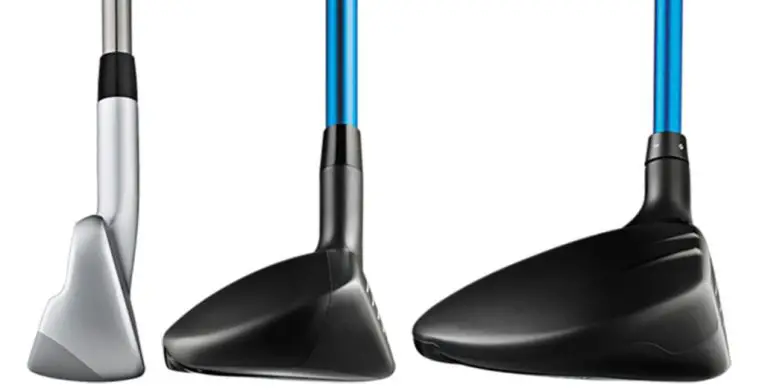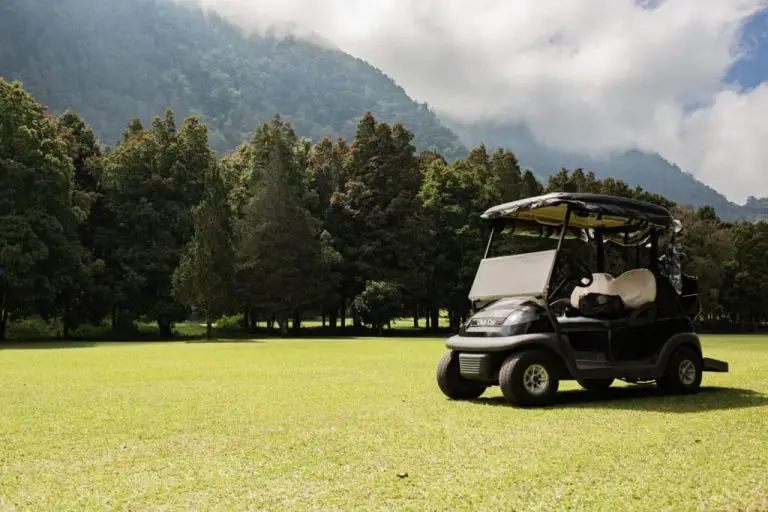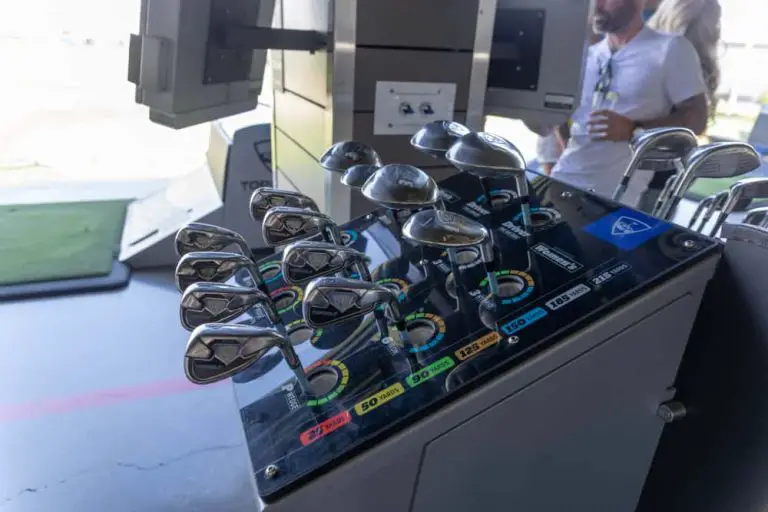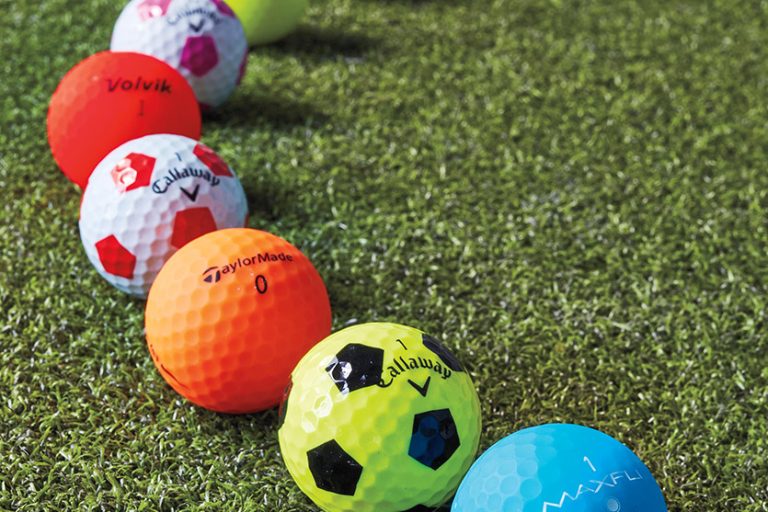How Long To Wait After Regripping Golf Clubs
Regripping your golf clubs is a fundamental aspect of equipment maintenance that often gets overlooked. The grip is the only point of contact between you and the club, and its condition directly impacts your control, shot accuracy, and overall performance on the golf course. When you decide to regrip your clubs, it’s essential to consider not only the type of grip and adhesive but also the critical question: How long should you wait after regripping golf clubs?
The waiting period after regripping is a topic of debate and confusion among golfers. Some believe in immediate use, eager to test out their newly gripped clubs, while others prefer to exercise caution and allow the adhesive to cure fully. The truth lies somewhere in between, as the waiting period plays a crucial role in ensuring optimal grip performance and longevity.
In this article, we will explore the various factors that influence the waiting period, including the curing time of the adhesive, recommendations from professionals in the industry, and considerations such as climate, grip material, and personal playing style. By understanding these factors and striking the right balance, you can make an informed decision about how long to wait after regripping your golf clubs, maximizing the benefits of a well-maintained grip and improving your overall game on the fairways. So, let’s delve into the intricacies of regripping and discover the optimal waiting period for your golf clubs.

Understanding the Curing Time
Before we delve into the waiting period, it’s crucial to understand the concept of curing time in regripping. When you regrip a golf club, you typically use adhesive to secure the new grip to the shaft. Curing refers to the process where the adhesive dries and forms a strong bond between the grip and the shaft, ensuring stability and durability.
The duration of curing time can vary based on several factors, including the type of grip and adhesive used. While some grips may require more time to cure, others may dry relatively faster. It’s important to allow sufficient curing time for the adhesive to set properly, ensuring optimal grip performance.
Recommendations from Professionals:
To determine the ideal waiting period after regripping, it’s helpful to consider recommendations from professionals in the golf industry. Let’s take a look at what golf club manufacturers and professional golfers have to say:
Insights from Golf Club Manufacturers
Prominent golf club manufacturers often provide guidelines regarding the waiting period after regripping. While specific recommendations may vary slightly, they generally suggest a range of time for the adhesive to cure fully.
For example, Golf Club Manufacturer X advises waiting for at least 24 hours before using the regripped club. This waiting period allows ample time for the adhesive to dry completely and ensures a secure grip. It’s worth noting that certain factors may influence the duration within this range, which we’ll explore further in the subsequent sections.
Input from Professional Golfers
In addition to manufacturer recommendations, professional golfers offer valuable insights based on their experience and expertise. Their perspectives can shed light on the waiting period and its impact on performance.
Notable golfer Y believes that waiting for the recommended time is crucial for obtaining the desired feel and control with the regripped club. According to Y, allowing the adhesive to cure fully ensures a stable grip, which ultimately enhances shot consistency and accuracy.
Consideration of Grip Adhesive
The type of grip adhesive you use can also influence the waiting period after regripping. Different adhesives have varying characteristics, including drying time. Let’s explore the different types of grip adhesives and their impact on the waiting period.
Different Types of Grip Adhesives
There are various grip adhesive brands available in the market, each with its unique features and drying properties. Here are a few popular grip adhesive types:
| Grip Adhesive Type | Features |
|---|---|
| Fast-drying | Dries relatively quicker, reducing waiting time |
| Slow-drying | Requires more time to dry fully |
| All-weather | Designed to withstand various climates |
Understanding the attributes of different grip adhesives can help you make an informed decision based on your preferences and requirements.
Influence of Grip Adhesive on Curing Time
The choice of grip adhesive can impact the waiting period after regripping. Fast-drying adhesives, as the name suggests, dry relatively quicker than their slower counterparts. If you opt for a fast-drying adhesive, you may be able to reduce the waiting time before using the regripped club.
However, it’s important to note that while fast-drying adhesives offer the advantage of shorter waiting periods, they may have certain trade-offs. Fast-drying adhesives may provide convenience by reducing the waiting time, but they could potentially compromise the overall bond strength and longevity of the grip. On the other hand, slow-drying adhesives require more patience during the waiting period but often offer a stronger and more durable bond between the grip and the club shaft.
When choosing a grip adhesive, it’s essential to strike a balance between the desired waiting period and the performance characteristics you prioritize. Consider consulting with a professional or seeking advice from knowledgeable golf club fitters to find the adhesive that aligns with your preferences and needs.
Factors Influencing the Waiting Period
Now that we understand the significance of curing time and the role of grip adhesive let’s explore some key factors that can influence the waiting period after regripping your golf clubs.
Climate and Environmental Conditions
The climate and environmental conditions in which you reside or play golf can significantly impact the curing time of the grip adhesive. Factors such as humidity and temperature can affect the drying process, necessitating adjustments in the waiting period.
Humidity’s Impact on Adhesive Drying
High humidity levels can prolong the drying time of the grip adhesive, as moisture in the air hinders the evaporation process. If you live in a humid climate, it’s advisable to extend the waiting period to ensure the adhesive cures thoroughly. Conversely, in drier conditions, the adhesive may dry faster, allowing for a shorter waiting period.
Temperature’s Effect on Curing Duration
Temperature also plays a role in the adhesive’s curing duration. Warmer temperatures generally facilitate faster drying, while colder temperatures can slow down the process. If you regrip your clubs during colder months or in cooler regions, it may be necessary to wait longer to ensure optimal bonding between the grip and the shaft.
Adjusting the waiting period based on climate and temperature considerations can help maintain the integrity and longevity of the regripped clubs, ensuring consistent performance on the golf course.
Type of Grip Material
The type of grip material you choose for your clubs can have an impact on the waiting period as well. Different grip materials have varying properties, including their interaction with the adhesive and the curing time required.
Overview of Common Grip Materials
Golf grips come in various materials, each offering its unique characteristics and benefits. Here’s an overview of some common grip materials:
| Grip Material | Characteristics |
|---|---|
| Rubber | Offers comfort, traction, and durability |
| Corded | Provides enhanced grip with added texture |
| Synthetic | Offers versatility and resistance to weather effects |
Understanding the attributes of different grip materials can help you make an informed decision based on your playing style, preferences, and environmental factors.
Influence of Grip Material on Curing Time
The type of grip material you select can influence the curing time required. For example, rubber grips typically have a shorter curing time compared to corded grips. The texture and composition of corded grips may require a slightly longer waiting period to ensure proper bonding.
Similarly, synthetic grips may have their specific curing characteristics. Some synthetic grips are designed to dry relatively faster, allowing for a shorter waiting period, while others may require a similar waiting time as rubber grips.
When regripping your clubs, consider the grip material you’ve chosen and follow the recommended waiting period to ensure that the adhesive fully cures, creating a secure and long-lasting bond.
Personal Preference and Playing Style
While there are general guidelines for the waiting period after regripping, personal preference and playing style can also influence the duration you choose to wait before using the clubs. Let’s explore these factors further.
Personal Tolerance for Grip Stability
Some golfers may have a higher tolerance for grip stability than others. If you prioritize immediate playability and are comfortable with a slightly less cured grip, you may opt for a shorter waiting period. However, if you prefer a more secure and stable grip, it’s advisable to follow the recommended waiting period to allow the adhesive to cure fully.
Immediate Use or Testing
Another factor to consider is whether you need to use the regripped club immediately or if you have the flexibility to wait. Golfers who have spare clubs or multiple sets may be able to wait for a longer period before using the regripped club in their regular game. Conversely, if you have limited club options and need to use the regripped club as soon as possible, you may choose to wait for the minimum recommended time and test it on the driving range before your next round.
Adjusting the waiting period based on personal preferences and playing style allows you to find the right balance between convenience and grip performance.
Recommended Waiting Periods
While there are factors to consider, including curing time, grip adhesive, climate, grip material, and personal preference, it’s helpful to have some general guidelines for the waiting period after regripping. Let’s explore these recommendations:
General Guidelines for Regripping Waiting Period
The general consensus among professionals and golf club manufacturers is to wait for at least 24 hours before using the regripped club. This waiting period ensures that the adhesive has ample time to cure fully and establish a strong bond between the grip and the club shaft.
It’s important to note that the 24-hour waiting period is a recommended minimum, and it may vary depending on the factors we’ve discussed earlier. In some cases, waiting for up to 48 hours may be advisable, especially in humid or colder climates where drying conditions may be slower.
Explanation of the Range and Its Flexibility
The recommended waiting period range provides flexibility to accommodate various conditions and preferences. Factors such as climate, grip adhesive, and personal playing style can influence whether you lean toward the shorter end or longer end of the waiting period spectrum.
Remember that the waiting period is crucial for the adhesive to cure fully, ensuring a secure and long-lasting grip. It’s essential to strike a balance between convenience and optimal performance by following the general guidelines while considering the specific factors that apply to your situation.
Conclusion
In conclusion, the waiting period after regripping your golf clubs plays a vital role in ensuring optimal grip performance. Understanding the curing time, considering the grip adhesive, and accounting for factors like climate, grip material, and personal preference allow you to make informed decisions regarding the waiting period.
While general guidelines recommend waiting at least 24 hours, it’s important to be aware of the specific factors that may influence the duration. By finding the right balance between convenience and grip performance, you can ensure that your regripped clubs provide the stability, control, and comfort you need on the golf course.
Remember, when in doubt, consulting with professionals or experienced golf club fitters can provide valuable insights and recommendations tailored to your specific needs. So, take the time to regrip your clubs properly and allow the adhesive to cure fully, and you’ll be ready to swing with confidence and precision. Happy golfing!






